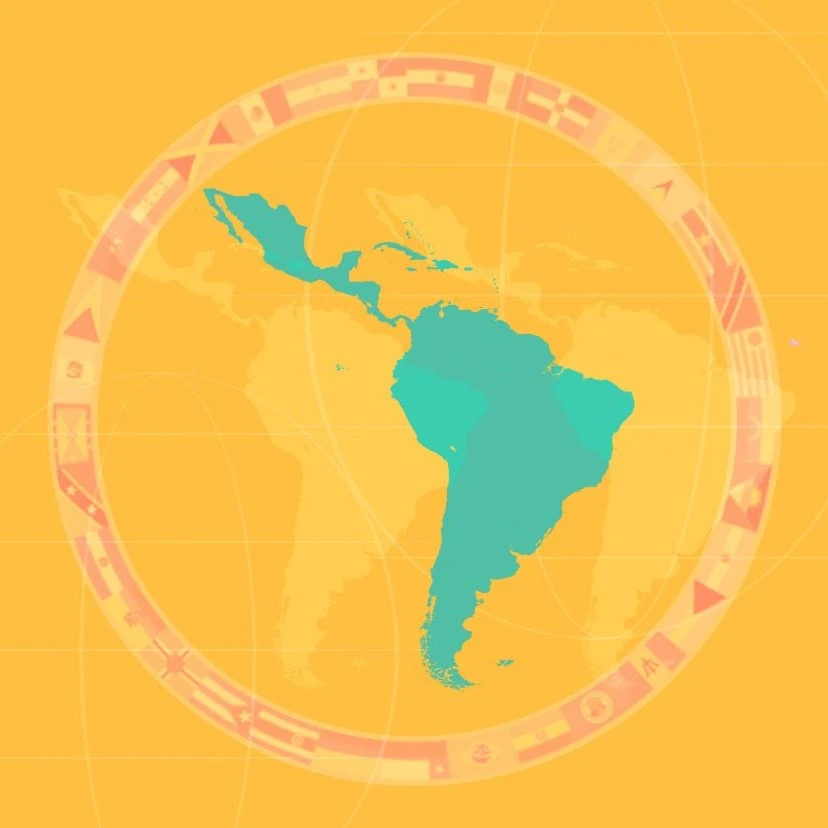Our research on children migrating from the United States to Mexico began 25 years ago in the state of Georgia. There, we were observing the integration of Mexican-origin families and their children into local communities and school districts. As part of our fieldwork, we talked with school principals about these children. And they would often respond: “those students disappear.”
Where did these children go? Seven years later, we continued our research in schools in Mexico — and the “disappeared” children reappeared. Children who had lived in California, Colorado, Florida, Minnesota, Oklahoma, North Dakota, South Carolina, Alabama, Illinois, Ohio, Washington, Kansas, Louisiana, Michigan, Nebraska, Georgia, Indiana, Texas, Tennessee, Oregon, Kentucky, New York, and Massachusetts were found in schools in Nuevo León in 2004; then many more in Zacatecas (2005), in the state of Puebla (2009), in Jalisco (2010), and in the state of Morelos (2013).
A significant percentage of these children were born in the United States. The rest were born in Mexico, migrated to the United States, and then returned while still school age. They are all international migrants. Many underwent an atypical relocation, from a historically migrant-receiving country (United States) to a traditionally migrant-sending country (Mexico). The others, those born in Mexico, are return migrants.


